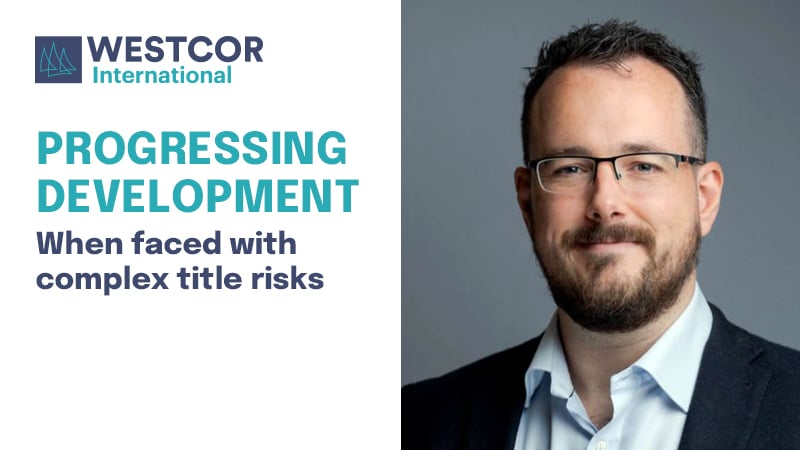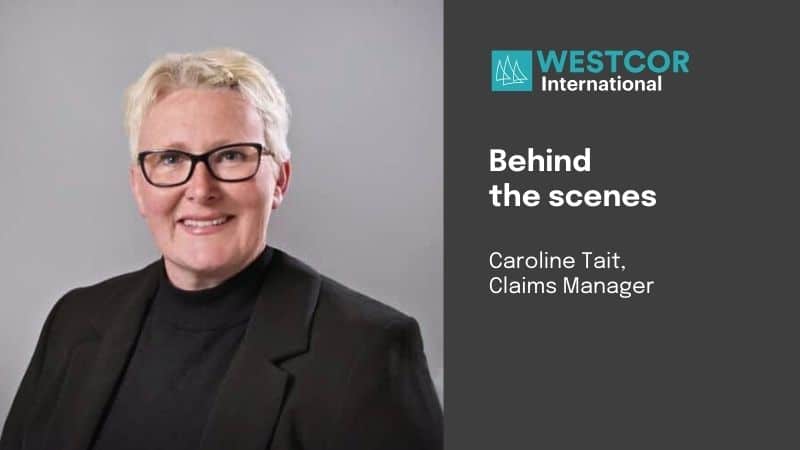Unlocking Development: The Strategic Edge of Excess-Led Cover
Life without a hint of risk? Ideal, sure. But in the realm of transactions and development, risk is often unavoidable. While a risk-free land deal is the optimal situation, there are occasions where title risks with a particularly high level of uncertainty can materialise. In this article, Rob Crane explores the strategic role that excess-led cover can play in these scenarios and how it can be used to as a tool to allow developments to progress in the face of complex title risks.
Insurance is not always the preferred solution on transactions. Clients often find themselves puzzled when presented with insurance policies carrying an excess -a pre-agreed amount that the Insured has to pay towards a claim – wondering why the solution meant to shoulder all the risk is not doing just that.
The simple truth is that in certain scenarios, reliance on an insurance policy becomes more of a ‘when’ rather than an ‘if’ – when a claim arises, or contact is initiated by a third party. An excess-led policy, in these situations, reduces the uncertainty for the Insured surrounding when an event might occur, while still providing coverage for the ‘if’ scenarios.
So how does this benefit clients, and where can this be used?
Excess-led cover can be the key to progressing enquiries that might otherwise be considered uninsurable. Despite potential discrepancy between anticipated costs and client expectations, this approach is crucial in situations involving known potential claimants. By identifying known or hypothetical amounts, applying an excess provides a safety net for potentially catastrophic scenarios that could otherwise hinder, or thwart, development.
For developers and solicitors familiar with lands burdened by third party rights, such as mineral rights, it’s a familiar conundrum. There’s a known claimant, but approaching them poses various challenges: what if they’re unresponsive, slow to respond, amid acquisition, or simply unreasonable?
These uncertainties can cast a shadow over a transaction or development, even before negotiations with a claimant begin. Once negotiations are underway, additional threats can emerge, the most troublesome being the prospect of an injunction, which would be handled by the insurer as part of the coverage under the policy.
Excess-led cover allows the transaction to proceed despite the threat of the owner of the separate interest taking action. The insurance steps in when, or if, the claimant makes a move, irrespective of the development stage. The excess enables the insurer to structure a policy addressing the almost-certain negotiations, often basing the quantum of excess on the likely settlement figure. This enables clients to budget confidently, moving forward with their project, secure in the knowledge that their own liability will not exceed the excess.
The value of insurance extends beyond simply reimbursing losses. It also assists with dealing with third party approaches and works to mitigate potential impacts on proposed developments.
The underwriters at Westcor have extensive experience in dealing with cases of this nature and welcome complex enquiries where flexible insurance solutions are required.






